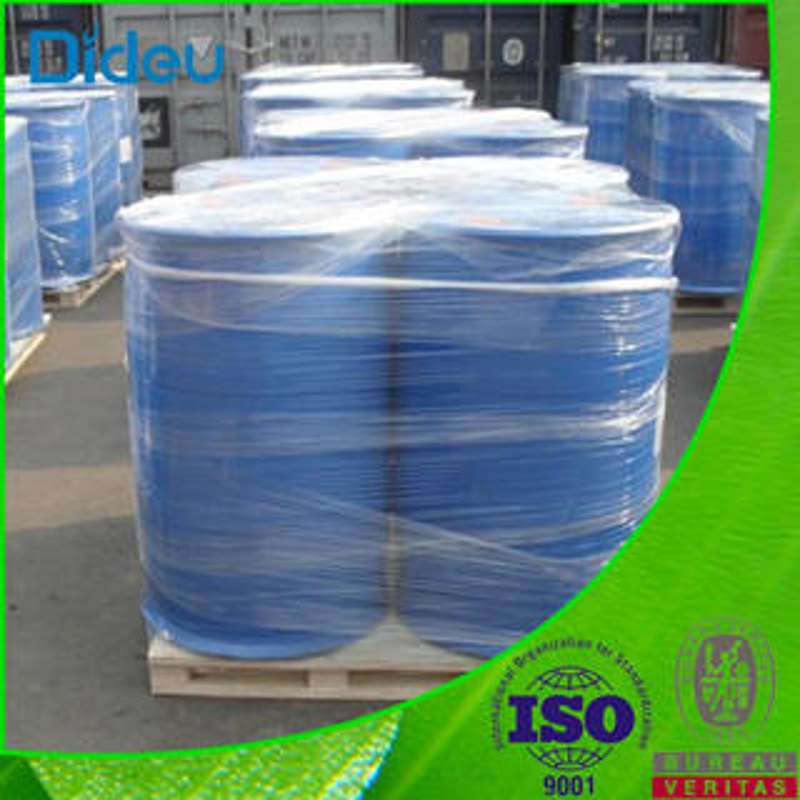-
Categories
-
Pharmaceutical Intermediates
-
Active Pharmaceutical Ingredients
-
Food Additives
- Industrial Coatings
- Agrochemicals
- Dyes and Pigments
- Surfactant
- Flavors and Fragrances
- Chemical Reagents
- Catalyst and Auxiliary
- Natural Products
- Inorganic Chemistry
-
Organic Chemistry
-
Biochemical Engineering
- Analytical Chemistry
-
Cosmetic Ingredient
- Water Treatment Chemical
-
Pharmaceutical Intermediates
Promotion
ECHEMI Mall
Wholesale
Weekly Price
Exhibition
News
-
Trade Service
Anyone who knows the paint industry knows that in various paint additives, wetting agents and dispersing agents are all surfactants, so sometimes it is difficult for people to tell the difference between the two, and because some additives now have both moisturizing agents.
1.
The molecular structure of wetting agent and dispersing agent is different
- The molecular weight of the wetting agent is small, and the small molecular weight makes it easier to migrate and can reduce the surface tension of the pigment.
- The dispersant has a relatively large molecular weight, and a large molecular weight can provide good steric hindrance, prevent pigment flocculation, and keep the dispersion system in a stable state.
- Both dispersant and wetting agent are indispensable additives for coating products.
Only when the two are used together can we make excellent, stable, and high-performance coatings.
2.
The action process of wetting agent and dispersing agent is different
- Aqueous wetting agents generally refer to the spreading of liquids on solid surfaces.
In the production of paint, it is involved that the air on the surface of the pigment and filler particles is replaced by water, so that the pigment and filler particles quickly enter the water phase.
This is a short process. - Dispersion refers to the mechanical process in which pigment particles dissociate from each other.
In paint production, it means that the pigment and filler particles after entering the water phase system stably exist in the water phase in the form of small particles, uniformly distributed, and no longer re-aggregate, which is a long time process. - The combination of the two can play a synergistic effect, so that the pigment particles can be stably dispersed in the paint in a more delicate form.
This can improve the efficiency of grinding and dispersion during the production process, shorten the grinding time, and increase the degree of coloring and hiding power of the pigment particles, and have a direct impact on the transparency, viscosity, fluidity, mechanical strength, and stability of the coating.






